Perseid meteor shower peaks just after midnight on a moonless mid-August night. It should put on a great show this year.
A Perseid meteor streaks across a star-encrusted and cloud-scattered sky. Credit: Jimmy Westlake
A good number of meteors should be visible near Perseus every night from late July through August 24. However, you’ll see fewer meteors before and after the peak.
They are one of the most plentiful showers (50-100 meteors seen per hour) and occurs with warm summer nighttime weather, allowing sky watchers to easily view the shower.
Look towards the familiar constellations Cassiopeia and Perseus in the northeast. They rise soon after sunset, but you’ll want to wait til they are higher in the sky to see the most meteors. They are best viewed in the Northern Hemisphere during the pre-dawn hours.
The Perseids radiant and adjacent constellations. The radiant — the point in the sky from which the Perseids appear to come from — is the constellation Perseus. The constellation of Perseus is also where we get the name for the shower: Perseids. Credit: Science@NASA
Perseids are also known for their fireballs. Fireballs are larger explosions of light and color that can persist longer than an average meteor streak. This is due to the fact that fireballs originate from larger particles of cometary material. Fireballs are also brighter, with magnitudes brighter than -3.
source NASA

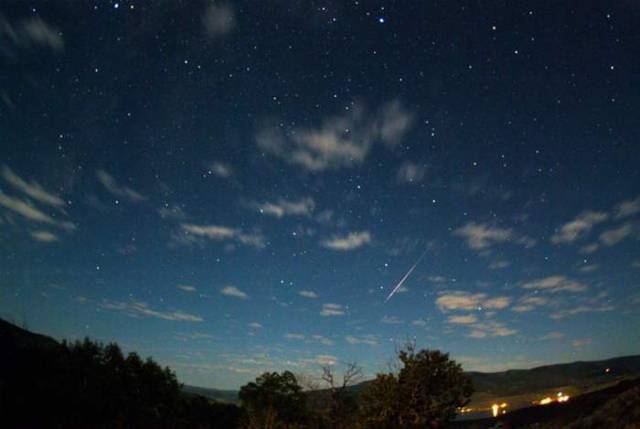
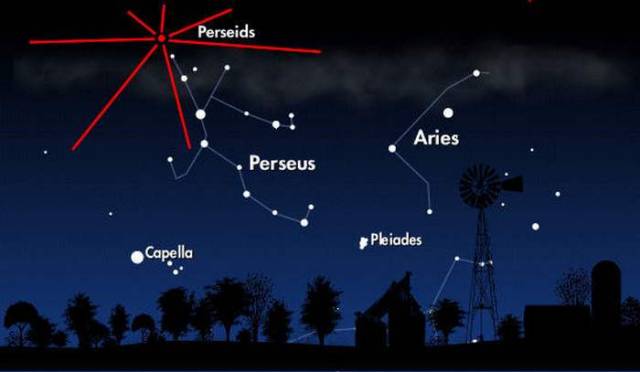
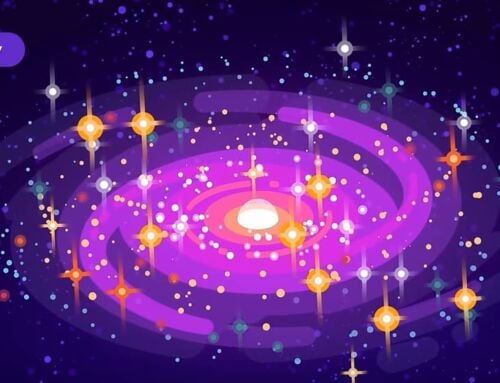
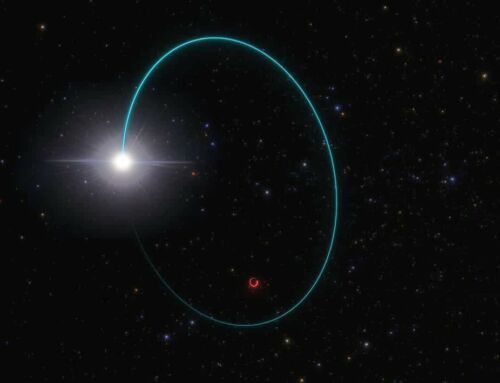
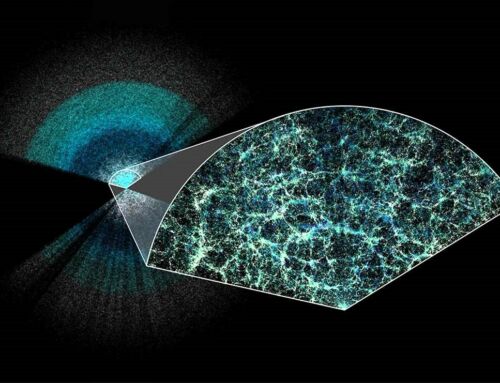
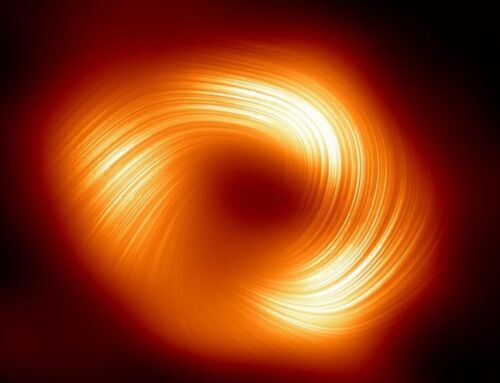
Leave A Comment